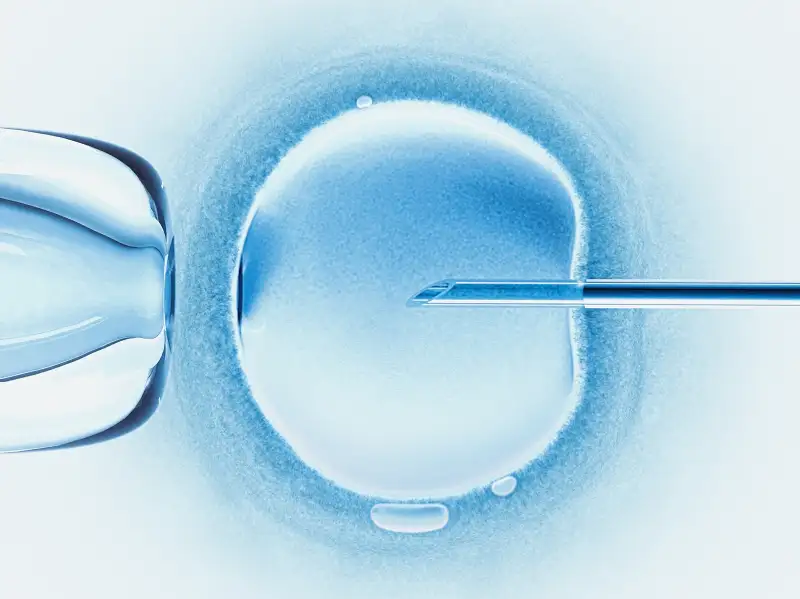How High-Tech Baby Making Fuels the Infertility Market Boom

The business of infertility is booming as more couples struggling to conceive turn to the most expensive medical treatments to improve their chances of having a baby.
The infertility services market, from infertility clinics and sperm banks to fertility drugs and surrogacy programs, now tops $3.5 billion, up four-fold from 25 years ago, according to a recent study from research firm Marketdata. Nearly $2 billion of that total comes from spending on in vitro fertilization (IVF), in which egg and sperm are fertilized in a laboratory to create an embryo that can be implanted in a woman's uterus, hopefully resulting in a successful pregnancy. Overall, growth in the infertility market is projected to continue at a 3.6% annual clip, hitting $4 billion by 2018.
“Assisted reproductive technology produces more than 50,000 babies a year in the U.S. and demand is growing, in part because many women delay childbearing due to their careers,” says John LaRosa, Marketdata research director.
One in five couples has difficulty conceiving and the numbers increase to one in three for women over 35. Turning sooner to higher-cost but more effective treatment can save money in the long run, research shows. Middle-aged couples who want to have a baby but are having trouble conceiving should go straight to IVF, skipping other types of fertility treatment, according to a May 2014 study by the National Institutes of Health. Researchers found that women aged 38 and older were more than twice as likely to become pregnant through IVF within their first two cycles of treatment than if they used lower-cost treatments, such as oral fertility drugs or intrauterine insemination. They also were twice as likely to have a successful birth from that pregnancy.
It isn’t just older women fueling the growth for infertility services, though. Male infertility is a factor in 25% to 40% of failures to conceive, according to the American Society for Reproductive Medicine. LaRosa says gay couples and foreigners coming to the U.S. for treatment, as the New York Times recently reported, are also boosting demand for assisted reproductive technology treatments.
Success rates are increasing as technologies have improved. In 2001, IVF cycles with fresh eggs resulted in a live birth 49% of the time. That rose to 57% in 2010, the latest data available from the Centers from Disease Control.
Though demand for infertility treatment is rising, the high cost is still a huge barrier to many people. Here are estimates of the typical costs for specific treatments, from the American Society for Reproductive Medicine and other sources:
- Surrogacy: $50,000 to $100,000 (including agency fees and compensation for the surrogate mom)
- Donor eggs: $15,000 to $20,000 (includes one IVF cycle)
- In vitro fertilization: $12,000 (multiple cycles typically needed)
- Medications for each IVF cycle: $3,000 to $5,000
- Intrauterine insemination: $1,000 to $2,000
- Donor sperm: $300 to $400
Meanwhile, only 25% of health plans provide coverage for fertility treatments, according to Resolve, The National Infertility Association. And even when insurance does offer infertility benefits, the coverage typically doesn't pay very much. Couples with insurance coverage for fertility care on average spend just $2,150 less than couples who don’t have infertility insurance benefits, according to a Journal of Urology study.
“The reality is that insurance rarely pays for any of these treatments. We see infertile patients borrowing from friends and family and taking on second mortgages,” says the study’s author, Dr. James F. Smith, a reproductive urologist and director of male reproductive health at the Center for Reproductive Health at the University of California at San Francisco. “They’re forced to because most people don’t have $20,000 lying around.”
